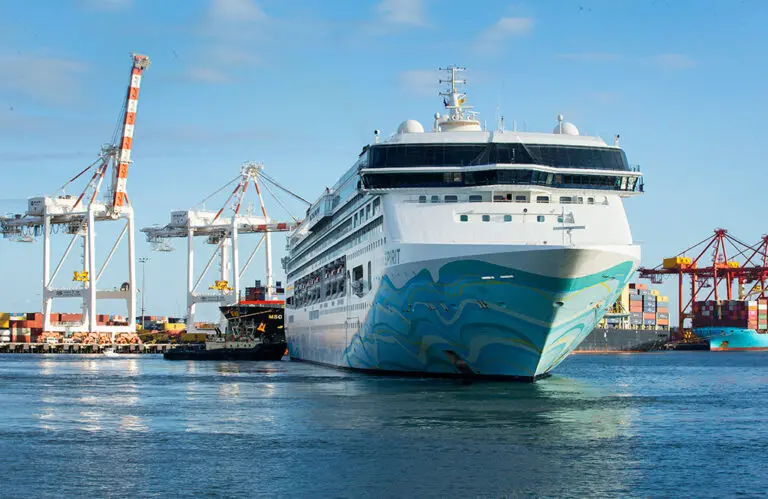International tourism was up five per cent year-on-year and four per cent above pre-COVID levels for the first half of 2025, however, the latest UN Tourism World Tourism Barometer report showed mixed results for different regions.
Almost 690 million people travelled internationally between January and June 2025, up by 33 million on the same period last year.
International tourism by regions

Africa had the best performance – up 12 per cent YOY – but Asia Pacific is still at 92 per cent of pre-pandemic levels, but gained 11 per cent more arrivals compared to 2024.
Europe also recorded strong growth, up four per cent YOY with almost 340 million inbound travellers, while the Middle East shrank four per cent during the same period but still posted 29 per cent growth compared to 2019.
The Americas also reported three per cent YOY growth overall, however results were mixed with South America surging 14 per cent and North America remaining flat due to small declines in the US and Canada.
Emerging and popular destinations see strong growth

Many APAC destinations reported strong arrivals growth rates, including Japan (+21%), Vietnam (+21%), South Korea (+15%), Malaysia (+9%), Indonesia (+9%) and Hong Kong (+7%), although some of these are still below pre-COVID levels.
Other emerging large destinations to note include Morocco (+19%) and the Netherlands (+9%), while popular destinations, such as France (+5% to May) and Spain (+5%) continued to attract solid arrival rates in the first half of 2025.
Major destinations also saw international visitor spend soar during this period, including Japan (+18%), the UK (+13% to March), Singapore (+10%) and South Korea (+8%).
Future predictions for international tourism

Tourism inflation is expected to ease from eight per cent in 2024 to 6.8 per cent in 2025, but would remain well above the pre-pandemic value of 3.1 per cent and significantly above overall inflation (4.3%), according to UN Tourism stats.
According to tourism experts, travellers will continue to seek value for money, but could also travel closer to home, make shorter trips or spend less in response to elevated prices.
Uncertainty derived from economic and geopolitical tensions can also weigh on travel confidence. Lower consumer confidence was ranked as the third main factor affecting tourism in the September 2025 survey, while geopolitical risks (aside from ongoing conflicts) ranked fourth.
The increase in trade tariffs (5) and travel requirements (6) were also major concerns.

Despite this, the latest UN Tourism Confidence Index shows a slight uptick in confidence levels for the last four months of 2025 after the international tourism recovery in 2024.
Travel demand is expected to remain resilient through to December 2025 with the predicted five per cent growth for 2025 still in place.
UN Tourism Secretary-General Zurab Pololikashvili said: “In the face of global challenges, international tourism continues to see strong momentum and resilience.”
“Yet, this also reminds us of our great responsibility to ensure this growth is sustainable and inclusive and to work with all local stakeholders in that sense.”
Read the full report here.





